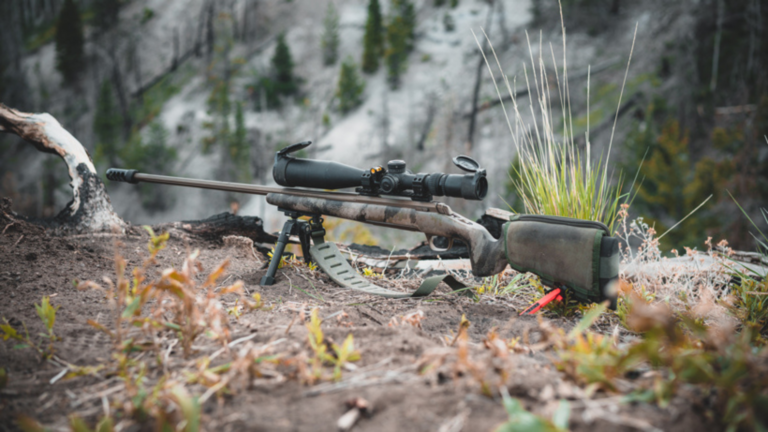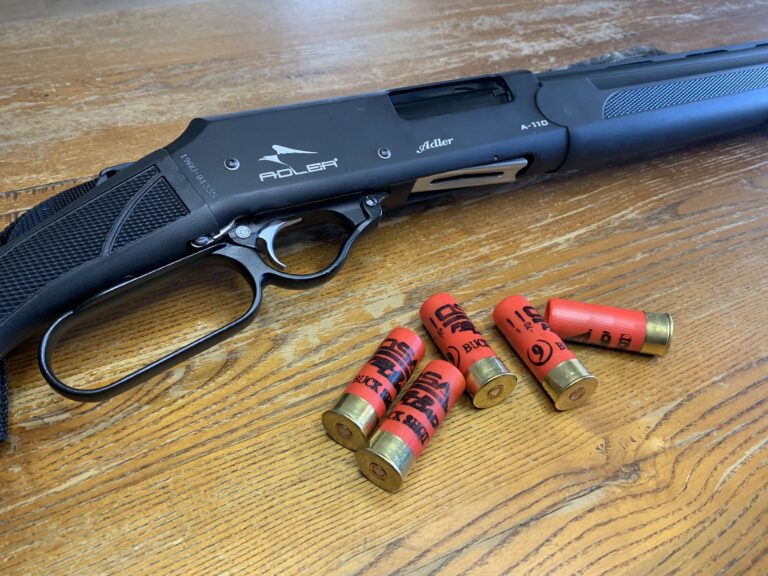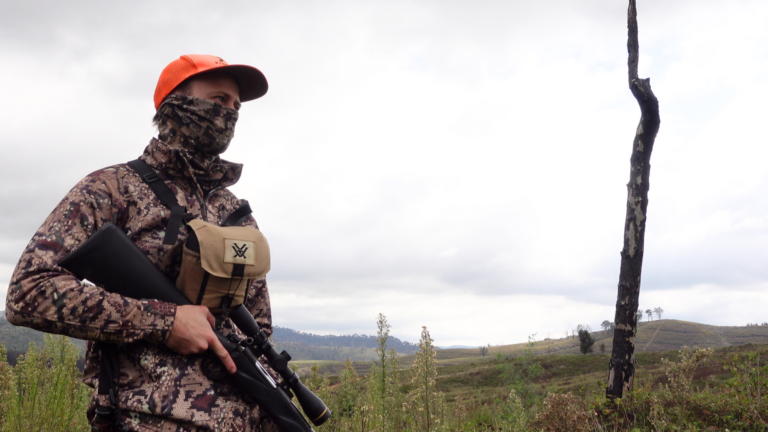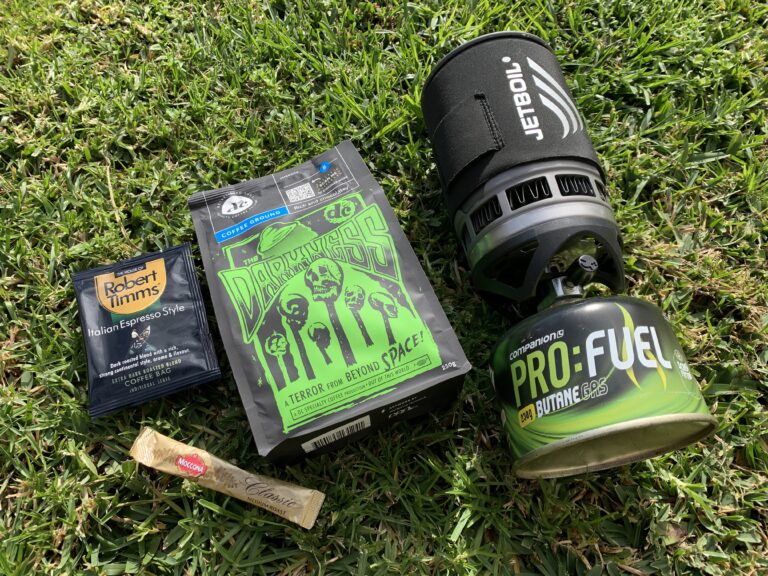With every passing day, it seems as though another restriction is proposed against lawful firearms ownership in Australia. Despite each proposal being more illogical and poorly conceived than the last, we allow each restriction to pass uncontested. Why? Because the majority of us are convinced that a proactive response will go largely unnoticed. This apathy has continued to spread throughout our community. If our attitude doesn’t change, a total ban on firearms WILL be the inevitable outcome. So, how do we shift this mindset and encourage a community to take action? This article contains one possible solution, starting with an easy win for shooters.
Where to start
As the old saying goes – “you must learn how to crawl, before you can walk”. In terms of proactive advocacy, that’s the situation we currently find ourselves in. With plummeting levels of effort from members of our community, we need to teach the value of action, before we can inspire people to engage in it. How do we instill this value? We need to prove that it works. That’s where an easy win comes in…
An easy win will demonstrate that positive outcomes are possible. To achieve our first win, I propose that we pursue the least contested issues—the so-called lowest hanging fruit—even if it provides minimal benefit to our community. In the eyes of legislators, the points raised shouldn’t be a cause for concern. They aren’t high-profile matters that will see a vast amount of ‘airtime’ or scrutiny in the media. Therefore, these proposed changes should see little resistance—if any at all.
With our first win under our belt, we can slowly gather momentum. We then pick another achievable target and repeat the process. As morale grows in the community, so will their involvement. With enough support behind us, we can successfully challenge the more controversial issues such as suppressors, appearance laws, and the re-categorization of firearms. In short, this process effectively mirrors how restrictions are imposed upon us – by gaining ground one small victory at a time. In my opinion, that’s the only way to re-engage the community to stand up for their rights.
An easy win
Several ‘easy wins’ are listed below. While they do apply solely to NSW, the general concept can be taken and adapted to other states’ legislation. However, this will require research and effort on the part of individuals and organisations within each particular state.
From my perspective, the easiest wins for NSW firearm holders are –
The definition of antique firearms
An antique firearm is defined by section 6A(7) of the Firearms Act 1996 (the Act) as a firearm manufactured before 1900, that in the case of a firearm other than a pistol (i.e., longarms – a rifle or a shotgun):
• is not capable of discharging breech-loaded metallic cartridges; or
• is a firearm for which ammunition is not commercially available.
All firearms that match this criteria are exempt from standard licensing and registration requirements. However, a modified version of safe storage requirements still applies.
The proposed change
While the current legislation is one of the more common sense aspects of our state’s firearms laws, it could be further improved by aligning the definition of antique with a more conventional interpretation – a 100-year rolling timeframe. Before I am accused of risking public safety by approving the distribution of firearms to unlicenced individuals, hear me out –
- The ammunition is not commercially available, meaning it cannot be sourced from a firearms dealer. If it were to become available for purchase, the firearm owner would require a category A/B firearm licence to acquire it and the firearm would require registration.
- If someone decided to manufacture their own ammunition, which in most cases will be time and cost-prohibitive, they would still require the raw components. As primers and propellant (gun power) are both restricted items, a firearm licence is still a requirement to make this purchase. In terms of firearms that utilise brass casings, very few people have the knowledge and skill to produce these items to a standard that is acceptable for use.
- While an argument can be made about the manufacture of black powder from household items, there’s nothing to stop someone from going one step further and manufacturing a black powder firearm from scratch either. The assassination of the Japanese Ex-Prime Minster Shinzo Abe is a prime example of this occurring, despite tight regulation over commercial firearms and ammunition in that country.
At the end of the day, our legislation is not designed to prevent illicit acts from occurring. Its sole purpose is to deter law-abiding citizens from undertaking certain acts, by providing a framework that rule breakers can be punished upon. Criminals by nature do not follow the rule of law. Therefore, any breach of the imposed conditions relating to antique firearms, or any other matter, should result in a punishment for the individual, not the collective.
Permits and storage requirements for ‘blue’ training firearms
A blue gun is an inert (non-functional) training tool used by firearms instructors to teach the fundamentals of firearms safety. The benefit of using a blue gun is that it eliminates all risk of harm, while still being useful in demonstrating the core requirements of the firearms training curriculum. Examples of topics where these items are used include discussion on the various components that make up a firearm, the basic concept of how a firearm functions, and a practical handling component – where a learner must demonstrate the appropriate form to operate a firearm in the 3 standard shooting positions – prone, crouched, and standing (otherwise known as “off-hand”).
Under our current legislation, blue guns are considered to be an imitation firearm. This is because they replicate the look and feel of a real firearm. Despite being fabricated in law enforcement blue – the most recognized safety color in the world, these items are still considered capable of intimidating the general public. To obtain a blue gun, a person must request approval through a special permit system. Each permit lasts a maximum of 5 years and costs $75 for each application (price current as of July 2024). This makes the lawful possession of these non-functional training tools more expensive and labour-intensive than owning an actual firearm. In terms of storage requirements, an imitation firearm that replicates a Category A/B firearm is subject to level 1 safe storage – as required by its fully functional counterpart. An imitation firearm that replicates a category C, D, or H firearm is subject to level 2 safe storage, which again, is the same requirement held for a functional firearm of the applicable category.
The proposed change
The permit and safe storage requirements for blue guns should be completely removed. I’ll go one step further and suggest these items should be subsidised to encourage their widespread usage. Why? Because these items pose ZERO risk to public safety, both in their current form, and if they were to be painted or ‘modified‘ to look more authentic or intimidating. Realistically, the ease of public access to gel blasters from interstate sources and international distributors renders any concerns over the appearance of these items (and other ‘imitation’ firearms) redundant. In terms of modification, it’s worth noting that nothing can be done to these items to make them capable of firing a bullet. Therefore, their threat level should be re-categorised to match other inanimate objects, such as a cricket bat or a lump of wood. Speaking of wood, here’s a short anecdote that outlines the fallacy of the restrictions imposed on ALL ITEMS that are classified as imitation firearms –
John Dillinger – the infamous American gangster from the Depression era of the early 1900s, was arrested in Tucson, Arizona in January 1934. He was later extradited to Indiana in the Crown Point jail, a correctional facility that at the time was boasted as being ‘escape proof’ by local authorities. On March 3, 1934, he forced his way out of the main cellblock by brandishing a fake gun. Dillinger claimed he had fashioned it from a block of wood, a razor handle, and a coat of black shoe polish, but reports would later suggest it was smuggled into the prison by one of his attorneys. In any case, Dillinger used this wooden pistol to round up several guards and in doing so, was able to get his hands on a Thompson submachine gun. Once armed with this weapon, he was able to make his way to the prison garage, before escaping in the Sheriff’s police car.
My point is this – with enough confidence and cunning, anything can be passed off as a firearm. There are countless examples where banks have been robbed by inanimate objects. In one case, the person didn’t bother to use a prop, they have just kept their hands tucked inside their pockets. So, instead of focusing on specific objects – such as blue guns, which are unlikely to be misused, why don’t we shift our attention towards the individuals intent on doing the wrong thing? Prosecuting a criminal to the fullest extent of the law will be a far greater deterrent than arbitrary legislation will ever be!
Recording detailed crime statistics
While not an issue of prohibition or restriction, the lack of detail in our country’s recorded crime statistics continues to create issues in our community. Not only does this lack of context provide unscrupulous politicians enough ambiguity to paint law-abiding firearm owners as criminals, but it also hampers the effectiveness of law enforcement by allocating vital resources to compliance and administration tasks when they could be better utilised elsewhere, namely, the departments that are tasked with investigating organised crime networks.
Currently, the Australian Bureau of Statistics (ABS) tracks the criminal misuse of firearms in the following ways –
- The number of deaths resulting from the use of firearms, i.e. homicide, suicide, accidents, etc.
- The number of crimes that involve the use of firearms, i.e. assault, theft, kidnapping, etc,
- A basic descriptor of the type of firearm that was used in each category of crime, i.e. longarms, handguns, and other firearms, etc,
The proposed change
The ABS should provide further context on firearms misuse by implementing the following changes –
- The type of firearm used in each kind of crime should match the definition set forth by each state’s firearms licencing department, i.e. – Category A/B/C/D longarms, Category H handguns, and prohibited weapons.
- Gel blasters and imitation firearms should be listed under a new category – imitation firearms. This would ensure that firearms statistics are not artificially inflated by encompassing toys and other inert objects.
- The number of firearms used in each type of crime should be recorded under the following sub-categories; registered and non-registered firearms.
- The data on the total number of firearm-related homicides should be recorded under the following sub-categories; deaths caused by licenced firearm owners, deaths caused by non-licenced firearm owners, and deaths caused by law enforcement officers.
In addition to this, each state’s firearms registry should record and distribute the following information to the Australian Criminal Intelligence Commission (ACIC) – the agency that among their many responsibilities, reports upon the illicit use of firearms in our country –
- The number of registered firearms reported as lost or stolen each calendar year.
- The number of firearms handed in as part of each state’s firearm amnesty process. This information should be recorded to match the definition set forth by each state’s firearms licencing department, with a note declaring the number of toys and imitation firearms included in this data – i.e. gel blasters and cap guns.
Is this an unreasonable request?
Given the level of detail that the Australian Bureau of Statistics (ABS) goes into for health-related data collection, coupled with the fact that our country is deemed a world leader in firearms management, I don’t think it’s an unreasonable request. Looking at the situation objectively, there has been no better time to start collecting this data than now, as the soon-to-be-created national firearms register should be capable of collecting this information, with the Australian Criminal Intelligence Commission (ACIC) gathering the remainder from police databases. If we, as a country, truly believe that our firearms legislation is effective in reducing the number of crimes and fatalities, then it’s time we gather a sufficient amount of data to prove it!
Who gets the ball rolling?
If there’s one thing I’ve learned from my past advocacy efforts, it’s this – A single person can throw facts and data at bureaucrats, politicians, and consultation groups. However, the only thing this will successfully achieve is wasting that person’s time. That’s why it’s important to leverage the power of numbers when pushing for a positive shift in our country’s legislation. To be successful in this initial attempt, these numbers will have to be made up of members of clubs and other industry associations. As for my involvement, I’ve kickstarted the process by tabling this concept with the Shooters Union NSW committee. I’ll post further updates on this matter as things progress.
Final thoughts
What happens next is up to you as an individual. If you like the concept of an easy win and want to see a positive shift in firearms legislation, you should proactively support it. That means sharing this article with your friends and family, discussing it with your local club, or even requesting support from your local Member of Parliament (MP) to challenge the issues stated. Change will only occur if people get involved, and that burden rests on your shoulders!










